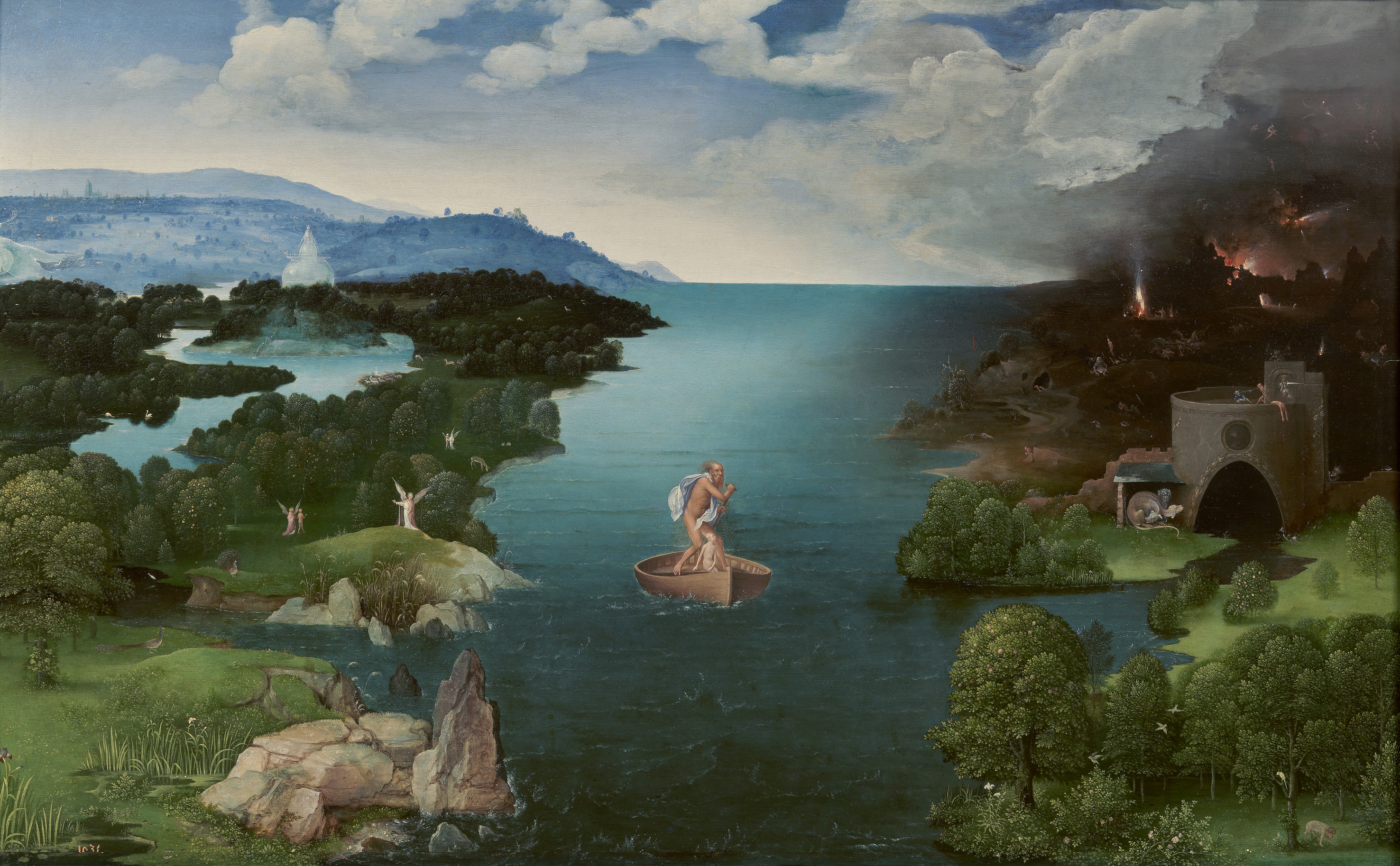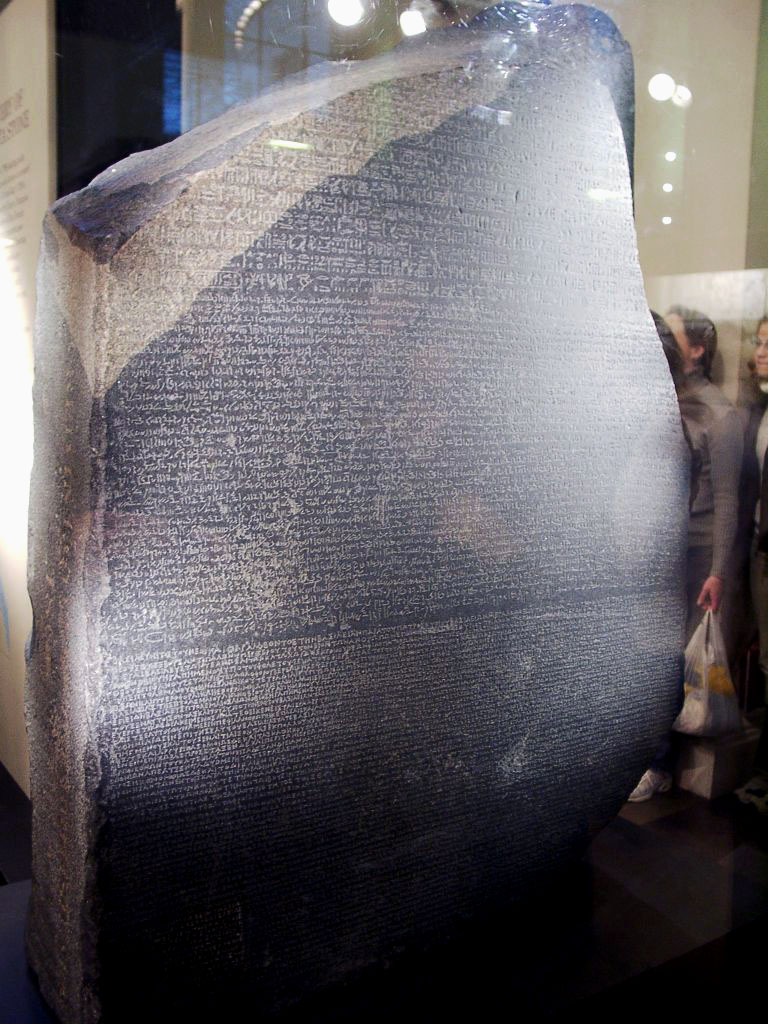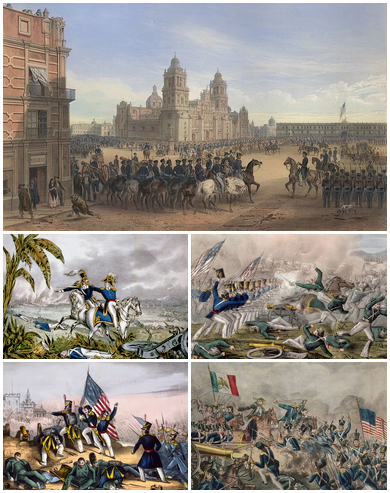|
Franz Xaver Nachtmann
Franz Xaver Nachtmann (September 6, 1799 – December 17, 1846) was a German painter. He attended the Academy of Fine Arts, Munich from 1814 to 1819. He later served as a flower painter at the Nymphenburg Porcelain Manufactory. He left Nymphenburg Porcelain Manufactory in 1827 and began working on landscape A landscape is the visible features of an area of land, its landforms, and how they integrate with natural or man-made features, often considered in terms of their aesthetic appeal.''New Oxford American Dictionary''. A landscape includes th ... and architecture paintings. He died on December 17, 1846 after eight years of suffering a spinal disease. Gallery File:Amelie Auguste Eugenie Napoleone 1812-1873.jpg File:Franz Xaver Nachtmann - The Dressing Room of King Ludwig I at the Munich Residence Palace - Google Art Project.jpg File:Nachtmann-franz-xaver-1799-184-the-painted-salon-marian-s-dra.jpg File:Nachtmann - Schloss Possenhofen.jpg File:Nachtmann-franz-xaver-1799-18 ... [...More Info...] [...Related Items...] OR: [Wikipedia] [Google] [Baidu] |
Academy Of Fine Arts, Munich
The Academy of Fine Arts, Munich (german: Akademie der Bildenden Künste München, also known as Munich Academy) is one of the oldest and most significant art academies in Germany. It is located in the Maxvorstadt district of Munich, in Bavaria, Germany. History The history of the academy goes back to the 18th century, before the 1770 founding by Elector Maximilian III. Joseph, the so-called "drawing school", which already bore the name "academy" in its name ("Zeichnungs Schule respective Maler und Bildhauer academie"). The Academy of Fine Arts was enhanced in 1808 by King Maximilian I Joseph of Bavaria as Royal Academy of Fine Arts. The Munich School refers to a group of painters who worked in Munich or were trained at the Academy between 1850 and 1918. The paintings are characterized by a naturalistic style and dark chiaroscuro. Typical painting subjects included landscape, portraits, genre, still-life, and history. From 1900 to 1918 the academy's director was Ferdinand F ... [...More Info...] [...Related Items...] OR: [Wikipedia] [Google] [Baidu] |
Nymphenburg Porcelain Manufactory
The Nymphenburg Porcelain Manufactory (German: ''Porzellan Manufaktur Nymphenburg'') is located at the ''Nördliche Schloßrondell'' in one of the ''Cavalier Houses'' in front of the Nymphenburg Palace in Munich, Germany, and since its establishment in 1747 has produced porcelain of high quality. It is one of the last porcelain producers in the world where every single part is made entirely by hand. History After his accession in 1745 Maximilian III Joseph, Prince-Elector of Bavaria, commanded the establishment of manufacturing companies in order to bail out the state finances. On 11 November 1747 the first manufactory with potters and modelling shops, painting and writing rooms was set up at the ''Grüne Schlössl'', ''Neudeck Castle'' formerly located in the area of the modern day Munich borough of Au-Haidhausen. Not until 1754 after Joseph Jakob Ringler had mastered the complex processes of production, regular manufacture of porcelain finally began to succeed. In the sam ... [...More Info...] [...Related Items...] OR: [Wikipedia] [Google] [Baidu] |
Landscape Paintings
Landscape painting, also known as landscape art, is the depiction of natural scenery such as mountains, valleys, trees, rivers, and forests, especially where the main subject is a wide view—with its elements arranged into a coherent composition. In other works, landscape backgrounds for figures can still form an important part of the work. Sky is almost always included in the view, and weather is often an element of the composition. Detailed landscapes as a distinct subject are not found in all artistic traditions, and develop when there is already a sophisticated tradition of representing other subjects. Two main traditions spring from Western painting and Chinese art, going back well over a thousand years in both cases. The recognition of a spiritual element in landscape art is present from its beginnings in East Asian art, drawing on Daoism and other philosophical traditions, but in the West only becomes explicit with Romanticism. Landscape views in art may be ent ... [...More Info...] [...Related Items...] OR: [Wikipedia] [Google] [Baidu] |
Hyacinth Holland
Hyacinth Holland (16 August 1827 – 16 January 1918) was a German art and literature historian. Life Born in Munich, Holland was a son of the lawyer Christoph Holland and his wife Karoline Seel. In 1846 he passed the Abitur at the Wilhelmsgymnasium München. At the Universität of his hometown, Holland began to study Catholic theology, but later switched to law and medicine. He successfully completed his studies in art and literary history in 1853 at the University of Würzburg with a doctorate. In 1853, Holland also made his successful debut as a writer; he published the first volume of a ''History of German Literature'' (planned for three volumes, this work remained a fragment). Throughout his life, he earned his living as a freelance contributor to various newspapers and magazines. In addition, he worked from time to time as an educator, among others as a tutor in the household of the Counts of . In 1865, Holland married the educator Maria Schmitt (1826-1905) in Mun ... [...More Info...] [...Related Items...] OR: [Wikipedia] [Google] [Baidu] |
1799 Births
Events January–June * January 9 – British Prime Minister William Pitt the Younger introduces an income tax of two shillings to the pound, to raise funds for Great Britain's war effort in the French Revolutionary Wars. * January 17 – Maltese patriot Dun Mikiel Xerri, along with a number of other patriots, is executed. * January 21 – The Parthenopean Republic is established in Naples by French General Jean Étienne Championnet; King Ferdinand I of the Two Sicilies flees. * February 9 – Quasi-War: In the single-ship action of USS ''Constellation'' vs ''L'Insurgente'' in the Caribbean, the American ship is the victor. * February 28 – French Revolutionary Wars: Action of 28 February 1799 – British Royal Navy frigate HMS ''Sybille'' defeats the French frigate ''Forte'', off the mouth of the Hooghly River in the Bay of Bengal, but both captains are killed. * March 1 – Federalist James Ross becomes President pro tempore of the United States S ... [...More Info...] [...Related Items...] OR: [Wikipedia] [Google] [Baidu] |
1846 Deaths
Events January–March * January 5 – The United States House of Representatives votes to stop sharing the Oregon Country with the United Kingdom. * January 13 – The Milan–Venice railway's bridge, over the Venetian Lagoon between Mestre and Venice in Italy, opens, the world's longest since 1151. * February 4 – Many Mormons begin their migration west from Nauvoo, Illinois, to the Great Salt Lake, led by Brigham Young. * February 10 – First Anglo-Sikh War: Battle of Sobraon – British forces defeat the Sikhs. * February 18 – The Galician slaughter, a peasant revolt, begins. * February 19 – United States president James K. Polk's annexation of the Republic of Texas is finalized by Texas president Anson Jones in a formal ceremony of transfer of sovereignty. The newly formed Texas state government is officially installed in Austin. * February 20– 29 – Kraków uprising: Galician slaughter – Polish nationalists stage an uprising in the Free C ... [...More Info...] [...Related Items...] OR: [Wikipedia] [Google] [Baidu] |
19th-century German Painters
The 19th (nineteenth) century began on 1 January 1801 ( MDCCCI), and ended on 31 December 1900 ( MCM). The 19th century was the ninth century of the 2nd millennium. The 19th century was characterized by vast social upheaval. Slavery was abolished in much of Europe and the Americas. The First Industrial Revolution, though it began in the late 18th century, expanding beyond its British homeland for the first time during this century, particularly remaking the economies and societies of the Low Countries, the Rhineland, Northern Italy, and the Northeastern United States. A few decades later, the Second Industrial Revolution led to ever more massive urbanization and much higher levels of productivity, profit, and prosperity, a pattern that continued into the 20th century. The Islamic gunpowder empires fell into decline and European imperialism brought much of South Asia, Southeast Asia, and almost all of Africa under colonial rule. It was also marked by the collapse of the l ... [...More Info...] [...Related Items...] OR: [Wikipedia] [Google] [Baidu] |
German Male Painters
German(s) may refer to: * Germany (of or related to) **Germania (historical use) * Germans, citizens of Germany, people of German ancestry, or native speakers of the German language ** For citizens of Germany, see also German nationality law ** Germanic peoples (Roman times) * German language **any of the Germanic languages * German cuisine, traditional foods of Germany People * German (given name) * German (surname) * Germán, a Spanish name Places * German (parish), Isle of Man * German, Albania, or Gërmej * German, Bulgaria * German, Iran * German, North Macedonia * German, New York, U.S. * Agios Germanos, Greece Other uses * German (mythology), a South Slavic mythological being * Germans (band), a Canadian rock band * "German" (song), a 2019 song by No Money Enterprise * '' The German'', a 2008 short film * " The Germans", an episode of ''Fawlty Towers'' * ''The German'', a nickname for Congolese rebel André Kisase Ngandu See also * Germanic (disambigua ... [...More Info...] [...Related Items...] OR: [Wikipedia] [Google] [Baidu] |






